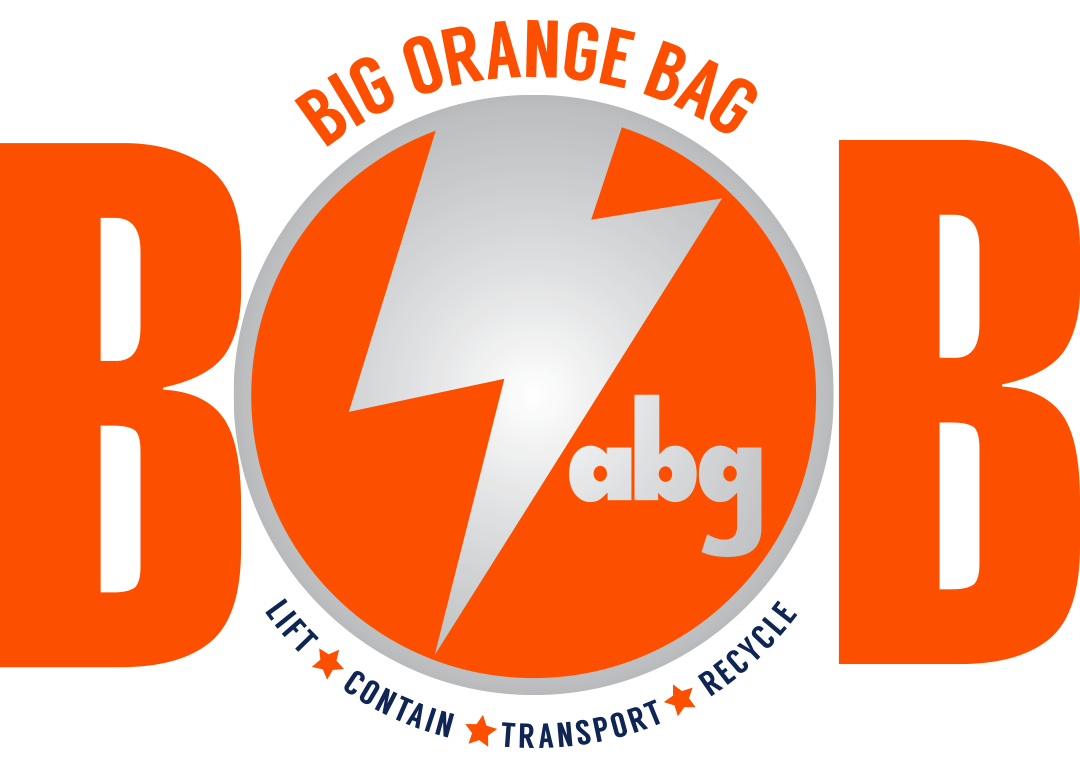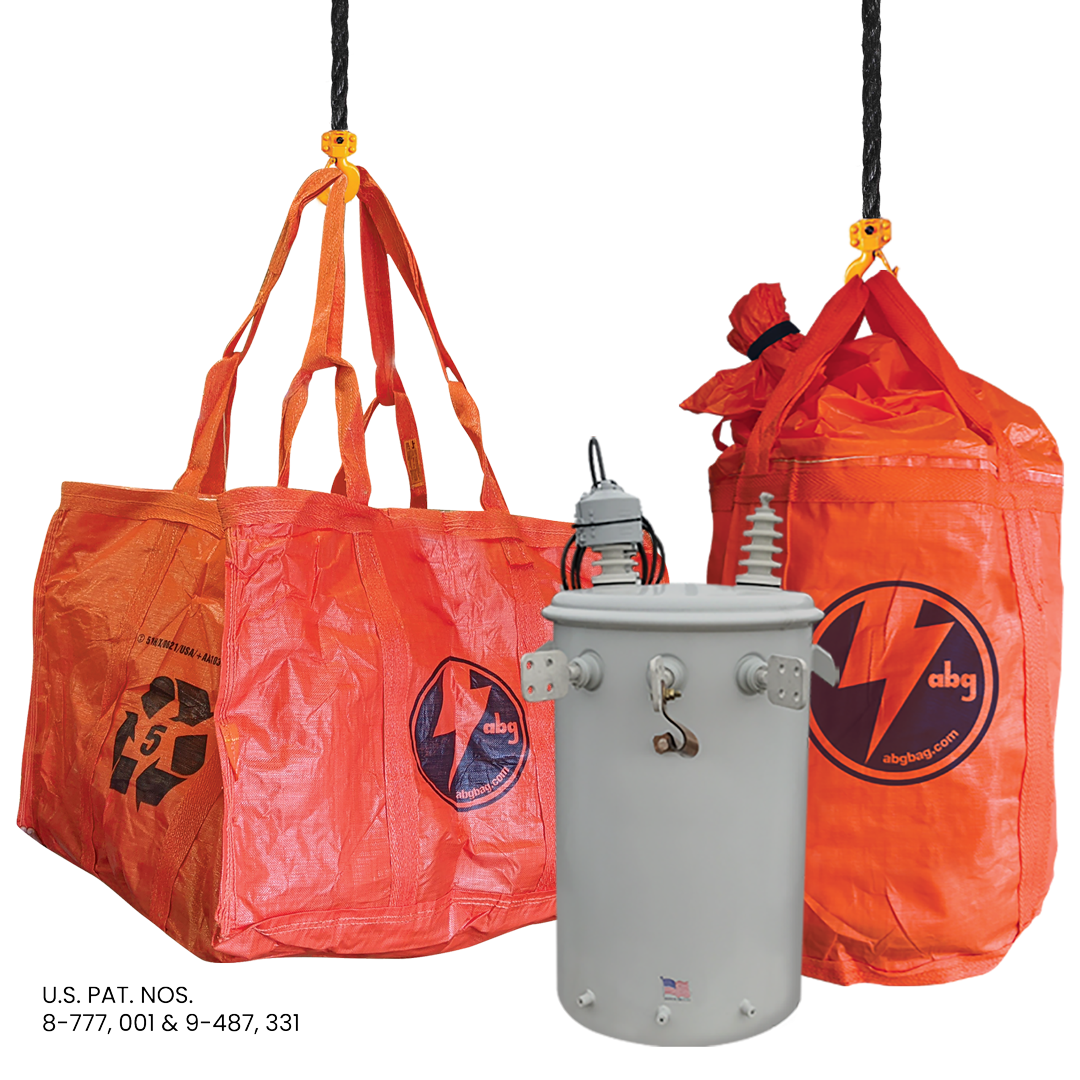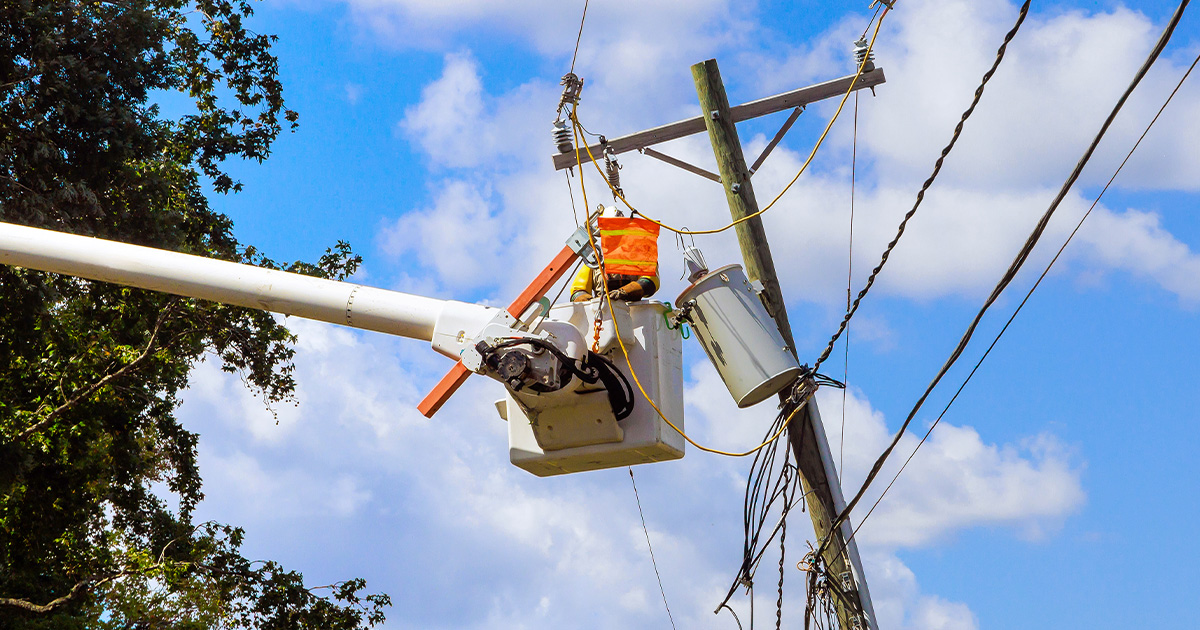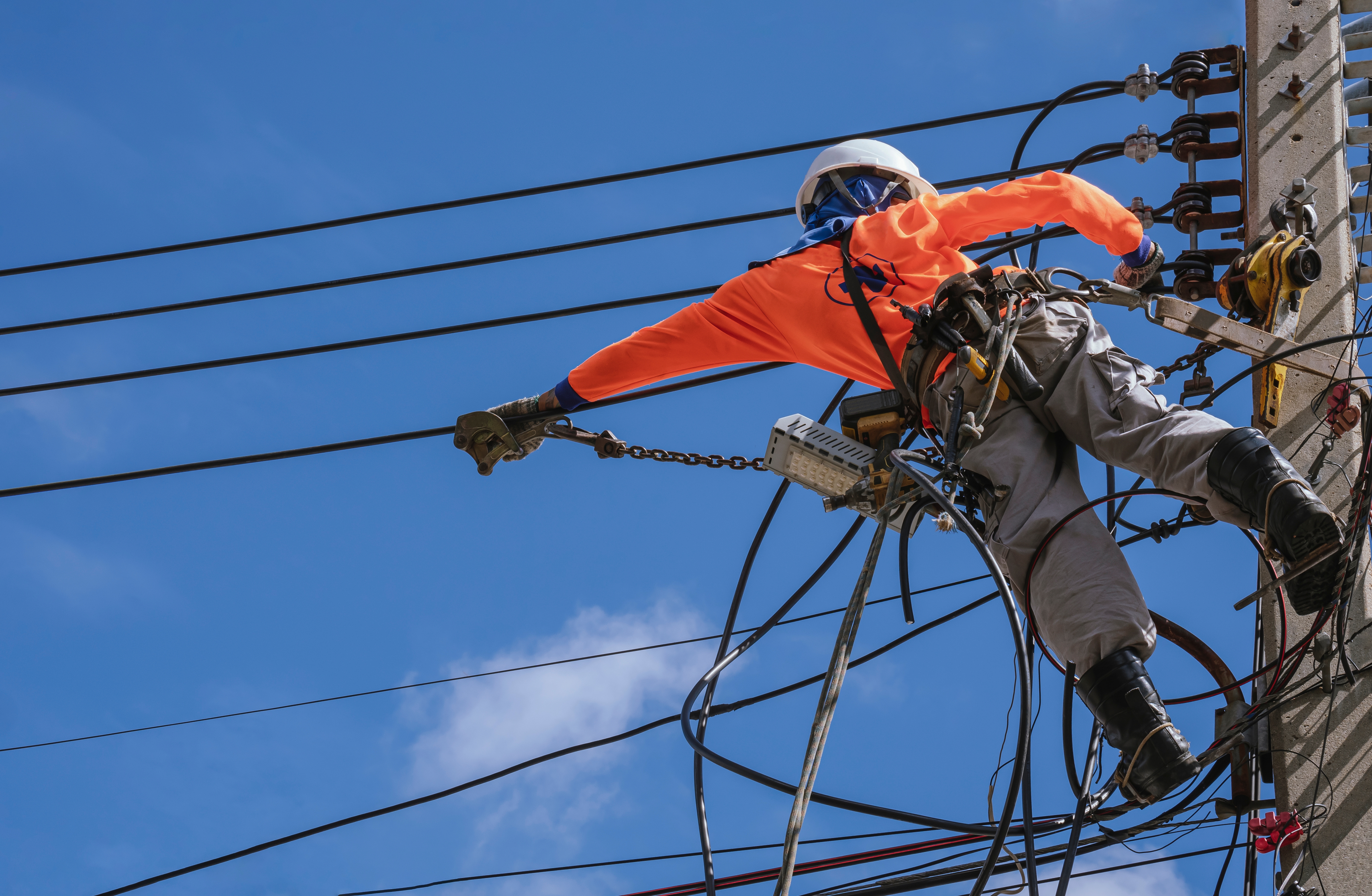0
Need help?
Customer satisfaction is our priority. Whether you have questions about our sustainable containment solutions, need help with an order, or require assistance finding the right product for your needs, we’re here to help.
Customer satisfaction is our priority. Whether you have questions about our sustainable containment solutions, need help with an order, or require assistance finding the right product for your needs, we’re here to help.
In industries where hazardous materials, oils, and chemicals are part of daily operations, spill containment is not a luxury — it’s a necessity. From transportation to on-site maintenance, compliance with DOT, EPA, UN, and TSCA standards ensures the safe handling, storage, and disposal of substances that could otherwise threaten the environment or public health. Whether you work in utilities, energy, construction, or manufacturing, understanding these regulatory frameworks and how they influence your containment strategy is critical. The right regulatory spill containment solutions protect your workers, your assets, and your reputation.
This complete guide will help you navigate the complex requirements that define modern containment programs. You’ll learn how federal rules apply to your containment systems, what to look for when choosing the right containment bags for your utility or industrial operation, and why UN and TSCA compliance are vital for transformer spill safety.
Even a small spill can create long-term damage if it’s not properly contained. Transformer oil, diesel fuel, lubricants, and cleaning chemicals can contaminate soil and water, leading to expensive cleanup efforts and potential fines. The Environmental Protection Agency (EPA) estimates that thousands of gallons of oil are accidentally released into the environment every year from utility transformers and industrial equipment. In most cases, these incidents could have been prevented with proper containment and compliance systems.
That’s why DOT containment solutions and EPA containment solutions are essential components of environmental safety and risk management. They ensure your business is prepared — not just operationally, but legally — to handle any hazardous material incident.
The U.S. Department of Transportation (DOT) establishes strict requirements for the packaging, labeling, and transportation of hazardous materials. These standards, known as the Hazardous Materials Regulations (HMR) — detailed in 49 CFR Parts 171–180 — ensure that any material classified as hazardous is safely contained and properly documented from origin to destination.
These regulations apply to a wide range of products, including hazardous material transport containment systems such as DOT hazmat containment bags, steel drums, boxes, and flexible intermediate bulk containers (FIBCs). Each packaging type must pass specific performance tests before being authorized for use in hazmat transport.
The HMR framework defines how substances are identified, packaged, and shipped, minimizing the risk of spills, leaks, or exposure. Whether transporting transformer oil, chemicals, or industrial waste, compliance with these regulations is critical to prevent environmental damage and ensure worker safety.
Key DOT regulatory requirements include:
A compliant DOT containment solution ensures that hazardous materials — including transformer fluids and oils — can be safely transported between facilities, substations, or disposal sites without violating transportation laws or endangering personnel.
Before containment products can be used in transport, they must undergo performance testing under conditions that simulate real-world handling and stress. These tests verify that the product can withstand:
Only after passing these tests can containment bags or containers bear the appropriate UN/DOT certification mark. This certification not only verifies compliance with federal law but also demonstrates a manufacturer’s commitment to safety and quality assurance.
For utilities and contractors managing hazardous fluids, working with certified DOT containment solutions is essential. It confirms that every shipment — from small drums to large transformers — adheres to recognized safety and performance standards.
Utility companies frequently transport electrical transformers, oil-filled components, lubricants, and other materials between substations, yards, and service sites. Every transfer carries potential risks — both physical and environmental.
A non-compliant containment system can result in severe consequences, including:
To avoid these outcomes, utilities depend on reliable Transformer DOT containment products. These systems are designed to contain leaks or ruptures during transport, providing a critical secondary layer of protection against accidental release.
For instance, an oil-filled transformer being moved across state lines must be packaged in compliance with both DOT and, if applicable, UN international transport standards. The containment must withstand punctures, vibration, and extreme temperatures — conditions commonly encountered during truck transport or crane handling.
Transformer DOT containment bags offer a practical solution by encasing the transformer or equipment in a leak-resistant liner that prevents oil from escaping, even if the primary enclosure fails. These bags can be customized for various transformer sizes and are typically made of heavy-duty, chemical-resistant materials that meet DOT testing protocols.
Compliance isn’t just about avoiding penalties — it’s about improving operational safety and efficiency. By investing in DOT hazmat containment bags and certified transport packaging, utility companies gain several key advantages:
Utility operations involve constant movement of materials — from transformers to maintenance fluids — and each step introduces risk. DOT containment solutions mitigate that risk by providing engineered protection designed for mobility, durability, and regulatory performance.
Because DOT regulations can be complex and subject to change, many organizations partner with containment manufacturers that specialize in hazardous material transport containment. These partnerships ensure the products used in daily operations align with current standards and testing requirements.
Manufacturers like ABG BAG, INC. stay current with evolving federal regulations, offering clients DOT-compliant containment bags engineered for reliability and certification integrity. By sourcing products from experienced, compliance-focused suppliers, utilities gain confidence that every containment system they deploy — from shipping containers to field repair kits — meets or exceeds DOT safety benchmarks.
Utility companies operate in some of the most challenging environments imaginable — from remote substations and rural transmission lines to congested urban service areas. Each location brings unique conditions that demand reliable, flexible, and fully compliant containment systems. Variable weather, uneven terrain, and unpredictable maintenance schedules mean that no single containment solution can handle every scenario — unless it’s purpose-built.


For utility companies seeking top-tier regulatory compliance and field-ready performance, ABGBag’s Big Orange Bag (BOB) stands out as the go-to solution for transformer spill containment. Designed to meet both DOT containment solutions and EPA containment solutions requirements, BOB is engineered for safe, practical, and compliant handling of hazardous materials.
The first step in selecting a containment solution is to clarify its intended purpose. Most utility containment needs fall into one of three categories:
Each scenario requires a slightly different focus, but BOB is versatile enough to address transport, stationary, and emergency containment needs without sacrificing compliance or durability.
Different fluids and environmental conditions require containment systems designed to handle specific challenges. Transformer oils may contain PCBs or other regulated substances, while coolants and cleaning agents often have corrosive properties. BOB is constructed from heavy-duty polymer fabrics and multilayer laminates that resist tearing, chemical degradation, and UV exposure — ensuring long-term reliability.
Environmental factors like temperature, humidity, and terrain also influence product selection. BOB remains flexible in cold climates, withstands high heat, and tolerates exposure to sun, rain, and wind. Its robust design ensures that utility crews can rely on it in any field condition, from remote mountain substations to hot, coastal distribution sites.
Regulatory compliance is non-negotiable for utility companies. ABGBag’s Big Orange Bag is designed to meet all relevant standards:
Partnering with ABGBag ensures that every BOB is engineered for both performance and documented regulatory compliance, giving utility companies peace of mind that their containment strategy meets federal and state mandates.
Even the most compliant containment bag is only effective if it’s practical in the field. Utility crews operate under tight timelines and challenging weather conditions, so the right product must be quick to deploy, easy to transport, and capable of holding large volumes without leaking.
BOB addresses these practical needs with:
By combining field-ready practicality with regulatory compliance, BOB helps crews respond efficiently while maintaining safety standards.
Choosing the right containment solution is an investment in safety, compliance, and environmental stewardship. High-quality products reduce cleanup costs, minimize downtime, and prevent fines.
The Big Orange Bag (BOB) provides a complete solution for Transformer DOT Containment and Transformer EPA Containment needs. Its durability, compliance certification, and versatility make it an essential tool for any utility company’s environmental protection program. By integrating BOB into daily operations, companies not only protect their equipment and crews but also demonstrate a strong commitment to regulatory compliance and community safety.
The United Nations (UN) Recommendations on the Transport of Dangerous Goods provide a globally recognized framework for ensuring the safe movement of hazardous materials. These guidelines set consistent packaging and testing standards that help prevent leaks, ruptures, and chemical exposure during international or domestic transport. When containment products, such as UN-compliant containment bags, meet these standards, they offer assurance that the packaging can withstand the physical and environmental challenges associated with handling, storage, and shipment. The UN testing protocols simulate real-world stress conditions that materials may encounter throughout the supply chain.

When a containment product carries an official UN specification marking, it signifies that the item has passed all of these tests and is approved for global use in the transport of dangerous goods.
For utility companies and energy providers operating across state or national borders, this certification is invaluable. UN-compliant containment bags ensure consistent performance and simplify logistics by eliminating the need for different packaging systems in different regions. This global compliance not only enhances safety but also improves operational efficiency by streamlining the entire transportation process.
In the United States, the Toxic Substances Control Act (TSCA) governs how hazardous chemicals are manufactured, used, and disposed of. For the utility sector, the most relevant TSCA provision pertains to polychlorinated biphenyls (PCBs) — synthetic compounds once commonly used in transformers for their excellent electrical insulation properties.
However, PCBs are highly toxic and persistent in the environment, which led to strict regulatory controls under TSCA Section 6(e) and detailed requirements in 40 CFR Part 761. These regulations mandate stringent containment, cleanup, and disposal procedures to prevent environmental contamination.
For transformers that currently contain or previously held PCB oils, TSCA containment solutions must meet elevated standards to ensure safety and compliance.
TSCA containment solutions must demonstrate:
By integrating TSCA-compliant containment practices into their operations, utility companies can manage older transformer assets responsibly and avoid regulatory violations that could halt operations or trigger costly remediation.
Failure to comply with UN or TSCA requirements can have serious and far-reaching consequences. Regulatory agencies may impose substantial financial penalties, mandate environmental cleanup operations, or even suspend operations until compliance is achieved. Beyond the immediate legal and financial impact, non-compliance can also harm an organization’s reputation with regulators, stakeholders, and the public. In today’s sustainability-focused landscape, demonstrating environmental accountability is not only a legal obligation but a core component of corporate responsibility. By proactively adopting TSCA containment solutions and UN-compliant containment bags, utilities minimize these risks and showcase their commitment to both safety and environmental stewardship.
A truly effective transformer spill safety program integrates multiple regulatory standards into one cohesive system. Together, DOT, EPA, UN, and TSCA standards form the foundation of a comprehensive containment framework:
Aligning containment practices with all four pillars provides complete protection — covering transportation, installation, operation, and maintenance — while reducing regulatory risk and reinforcing long-term environmental responsibility.
Consider a regional energy provider that refurbishes and redeploys transformers across multiple service territories. The company ships these units using UN-compliant containment bags that also meet DOT transport requirements, ensuring safe, leak-free movement. Once installed at substations, those same transformers are secured within EPA-compliant containment systems designed to prevent environmental discharge. During maintenance or decommissioning, any PCB-contaminated oils or components are managed under TSCA containment protocols to guarantee proper cleanup and disposal. This multi-standard, lifecycle approach eliminates compliance gaps, reduces liability, and reflects a deep commitment to operational excellence and environmental integrity — the core principles behind modern transformer spill safety.

Assess where spills could occur — during shipping, installation, or routine maintenance. Document these points for compliance reference.
Different regulations apply at different stages. Pair the right product with each risk zone:
Regulators may request proof of compliance at any time. Keep records of certifications, test results, and inspection logs readily accessible.
Even the best containment products require proper deployment. Training ensures crews can install, inspect, and maintain containment systems effectively.
Environmental regulations evolve. Regularly review your containment program and update products to reflect the latest standards.
ABG BAG, INC. is a trusted manufacturer of utility spill containment products designed for real-world performance and complete regulatory compliance.
Our containment systems meet or exceed DOT, EPA, UN, and TSCA standards, ensuring safety, reliability, and durability in the toughest environments.
We specialize in:
Every product is engineered to simplify compliance and protect what matters most — your team, your environment, and your reputation.

When it comes to hazardous materials and transformer oil containment, there is absolutely no margin for error. Every piece of equipment, every containment bag, and every safeguard used in the field must perform flawlessly to protect both people and the environment. Whether you are transporting transformers, managing waste fluids, or preventing leaks in the field, your containment systems must comply with stringent DOT containment solutions and EPA containment solutions to avoid costly penalties or environmental harm.
At ABG BAG, INC., we understand the critical role containment plays in your operations. For over two decades, we’ve supported utility companies, energy providers, and industrial operators with regulatory spill containment solutions engineered for precision, durability, and compliance. Our products are designed not only to meet today’s regulations but to anticipate tomorrow’s evolving standards — giving your organization the adaptability and confidence it needs to operate safely in any environment.
From DOT hazmat containment bags to UN-compliant containment bags and TSCA containment solutions, every product we manufacture undergoes rigorous testing for performance and quality assurance. Our containment systems help ensure your materials are transported securely, stored responsibly, and maintained in full alignment with both domestic and international regulations.
When you choose ABG BAG, INC., you’re not just choosing a product — you’re choosing a partner dedicated to compliance, innovation, and environmental responsibility. Together, we help safeguard your operations, your team, and your community.
Protect your business, your employees, and the environment with fully compliant containment solutions. Call 800-758-8079 now to speak with a containment expert and to learn how we can help you meet DOT, EPA, UN, and TSCA containment standards with ease. Together, we’ll help your organization operate safely, responsibly, and in full regulatory compliance.
For inquiries about our products, order status, or any other information related to ABG, send us a message, and we will respond soon.
Sales & Customer Care
Product Questions
Adding {{itemName}} to cart
Added {{itemName}} to cart